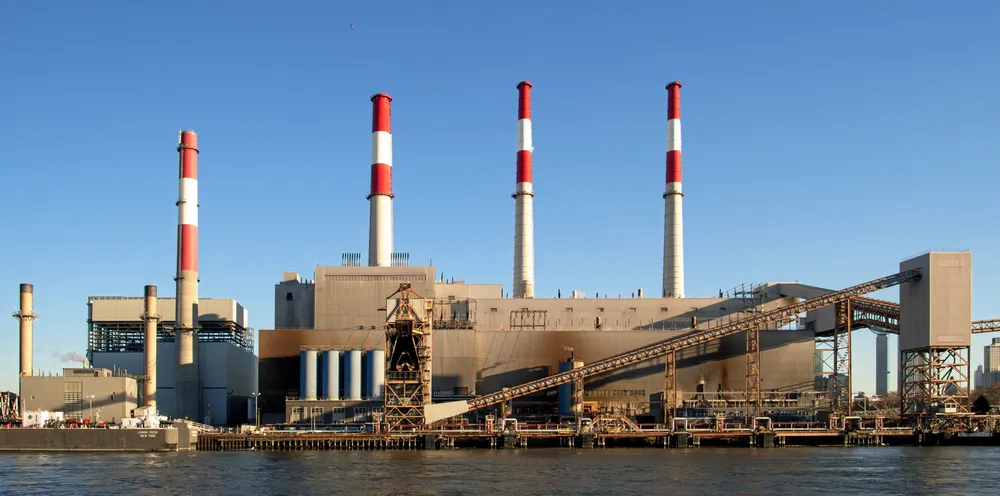'Renewable Ravenswood' | Plan for New York's largest power plant to swap fossils for wind and solar
Developer Rise's scheme to transform New York City's oil-and-gas-fired Ravenswood plant into a renewables hub seen as 'transformative' step in meeting state goal of 70% renewables by 2030
